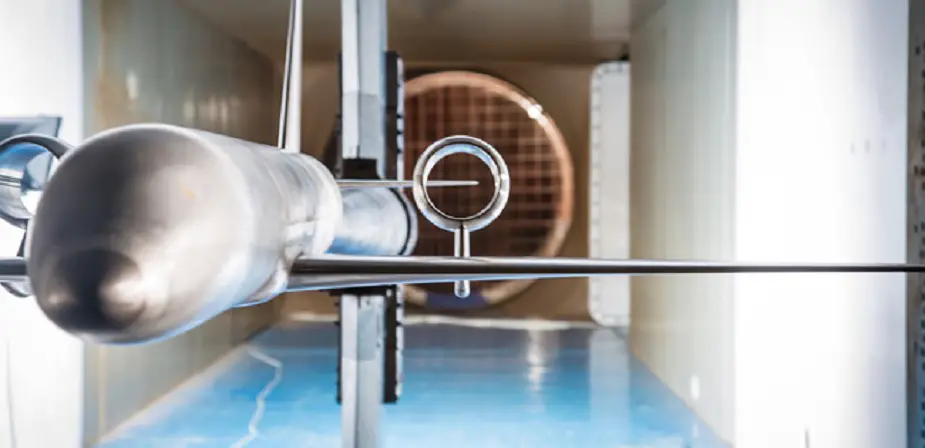The Zhukovsky Central Aerohydrodynamic Institute (TsAGI) completed the first stage of the research of a semi-model of prospective low-noise short-range aircraft, the institute said.
 The aircraft features slightly swept wing to allow for laminar flow maintainability without irregular spikes of velocity and pressure at the surface. This would considerably reduce aircraft drag (Picture source: TsAGI)
The aircraft features slightly swept wing to allow for laminar flow maintainability without irregular spikes of velocity and pressure at the surface. This would considerably reduce aircraft drag (Picture source: TsAGI)
"The aircraft is distinguished by a slightly swept wing which provides for laminar flow. The engines are located over the back edge of the wing. The design provides three advantages. It decreases resistance, screens the noise by the wing and protects engines from alien objects during takeoff and landing. The use of modern profiles helped keep the speed of predecessors - 830-850 km/h," it said.
TsAGI has previously tested full models in a wind tunnel, but decided to produce a semi-model to add reliability to research. "The tests were held at Mach 0.2 small speed and 0.75-0.8 high speed. The semi-model has a cruising configuration, i.e. a smooth wing and deflected landing and takeoff configuration," TsAGI head of aircraft aerodynamics Anatoly Bolsunovsky said.
Besides weight tests, the institute measured pressure distribution in wing stations and conducted research with heat imagers. The tests confirmed the presence of long laminar sections on the top surface of the wing and the decrease in resistance by 5-6 percent. It means the aircraft will consume less fuel. The trials will continue in 2020.
 Wind tunnel developed by TsAGI (Picture Source: TsAGI)
Wind tunnel developed by TsAGI (Picture Source: TsAGI)
© Copyright 2019 TASS. All rights reserved. This material may not be published, broadcast, rewritten or redistributed.
















